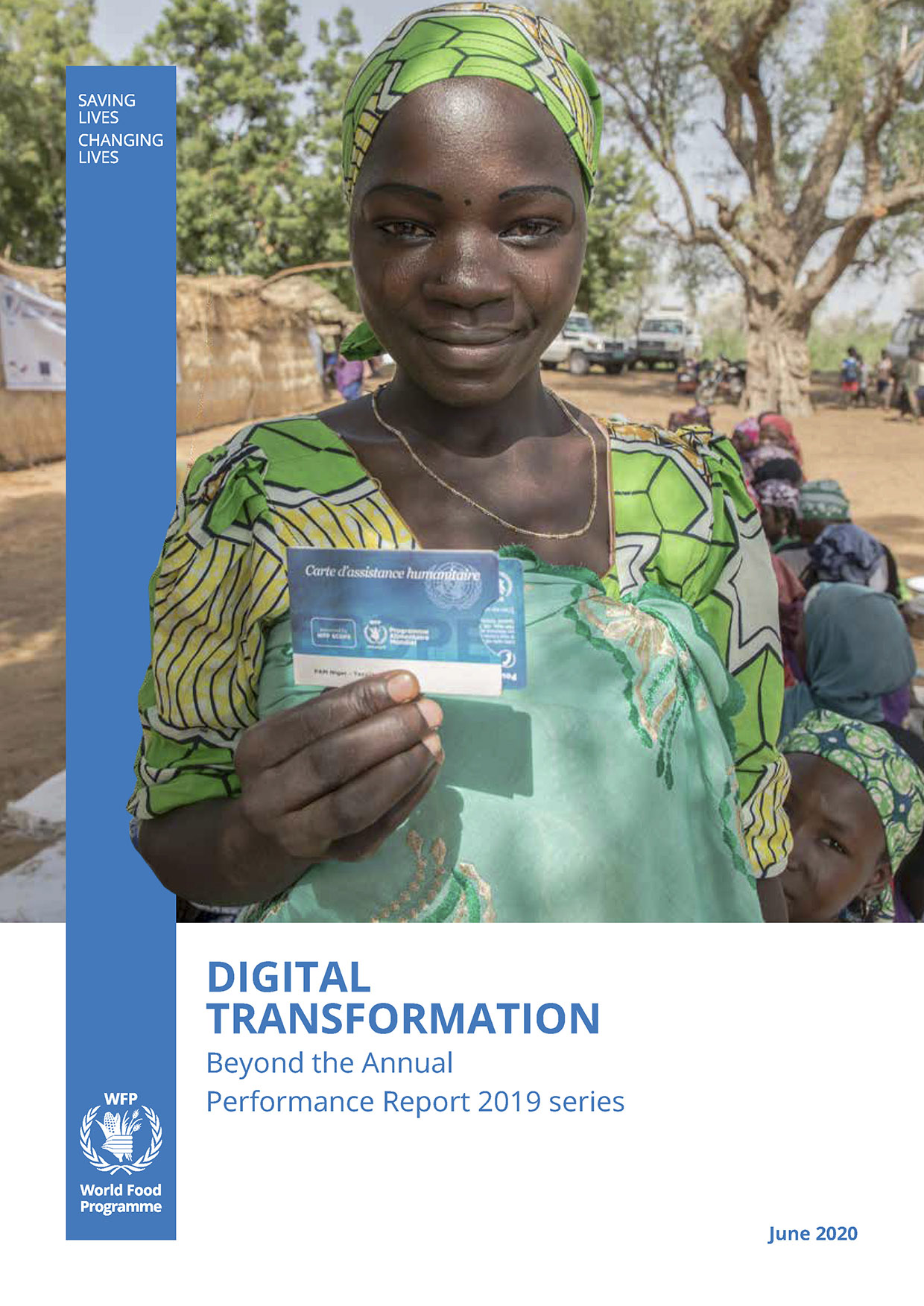One of WFP’s strengths is its network of all staff members who work closely with beneficiaries in over 80 countries. In order to support their work, digital transformation efforts must scale in a way that best serves regional bureaux, country offices, sub-offices, and area and field offices. The Burundi and Bangladesh country offices were the first to engage in full technology assessments against their Country Strategic Plans.
In Burundi, the country office is piloting School Connect, the digital platform for school meals programmes. This initiative is helping over 18,000 students in 20 schools by tracking attendance, costs, food deliveries and meal distributions to ensure more children are fed each month. The country office will continue to scale the platform post-COVID-19.
Likewise, in Bangladesh, the country office is using WFP’s blockchain product 'Building Blocks' to enable a common distribution platform across agencies within the Cox’s Bazar refugee camps. Since its launch on March 2020, the product has served 200,000 refugees. With the onset of COVID-19, UNICEF adopted Building Blocks for soap distribution, and the biometric identification tool was quickly switched to QR codes to avoid personal contact. The project will continue expanding, reaching all retail outlets in the refugee camps.

